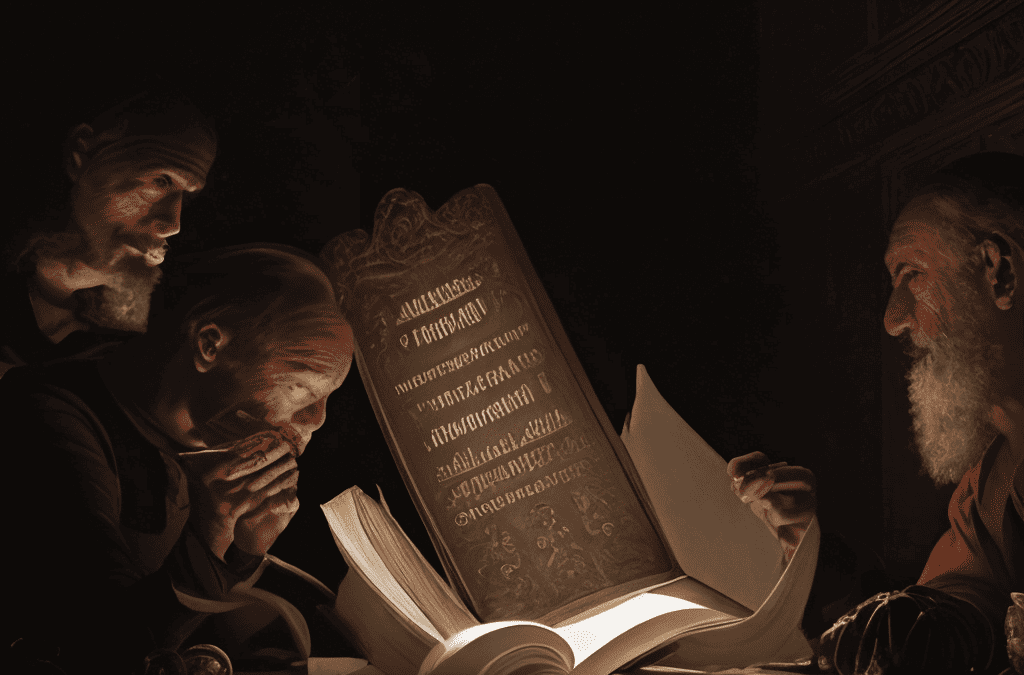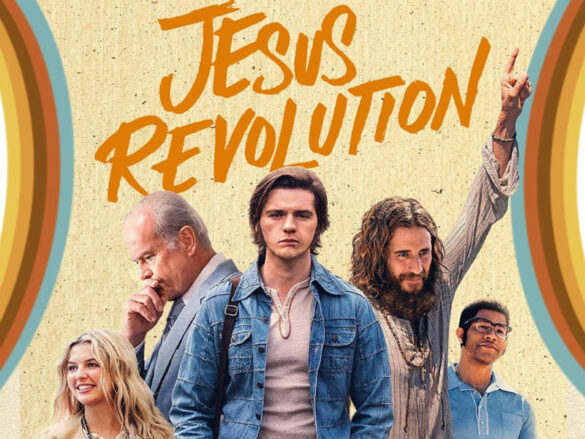
Four trials
Four trials
Two trials in American history stand out above the others, the Salem Witch Trials and the Scopes Monkey Trial. Both were of a religious nature.
The two serve as bookends on America’s history, the first in 1693, in the years after New England’s founding, and the second in 1925, early in the twentieth century.
The trial at Salem Village, Massachusetts sought to identify and then execute those unseen spiritual forces, the witches, who, the village’s officials believed, went about in secret performing evil deeds in and around their community.
At Salem Village, Massachusetts, in 1692-1693, the Court of Oyer and Terminer included at least three judges: John Hathorne, Samuel Sewall, and William Stoughton.
The judges made a mistake by allowing into court the admission of what was called “spectral evidence,” testimony given by witnesses who claimed that the accused appeared to them in a dream or vision and caused them harm.
The witnesses were less-than-reliable pre-teen and teen-aged girls, capable of making up stories, dramatic acting, and outrageous lying. The judges believed the girls.
Based upon their testimonies, fourteen women and five men were hung. Another man, Giles Corey, was pressed to death. At least five others died when in prison.
The trial at Dayton, Tennessee sought to uproot and eradicate Darwinian evolution from Dayton’s high school biology class, a counter theory to the Genesis account. John T. Scopes had taught evolution and in so doing had broken Tennessee’s Butler Act.
The trial convened between July 10 and July 21, 1925, ninety-eight years ago.
William Jennings Bryan, a politician and Fundamentalist, joined the prosecution’s team, and Clarence Darrow, a well-known and vocal skeptic, joined the defense’s team.
H. L. Mencken, also a noted sceptic, wrote a series of scathing articles from Dayton, Tennessee, for The Baltimore Sun, that were critical of Bryan’s Fundamentalist beliefs.
In the trial’s final moments, Darrow called Bryan to the witness stand and asked him a series of questions that demonstrated Bryan’s lack of knowledge about scientific ideas.
A jury declared Scopes guilty, and the judge fined him $100.
Yet, two other trials stand out, but are lesser known. The first is Roger Williams’s trial in October of 1635, 58 years before the Salem Witch Trials, and the second is Jim Bakker’s trial in August of 1989, 64 years after the Scopes Monkey Trail.
Both these two trials were of a religious nature.
The Puritans labeled Roger’s “diverse, new, and dangerous opinions,” as “seditious and heresy.” He was convicted on four accounts and was forced to flee into the wilderness, where he found refuge in a smoke-filled tent with the Native Americans.
Jim Bakker was brought to trial on 24 counts for wire and mail fraud, for selling lifetime partnerships on television, on the PTL Club, and through the mail, but then he diverted the donations to pay for his television programs and his own use.
A jury convicted him on all counts, but unlike Roger Williams, he could not flee west to find sanctuary among Native Americans. Judge Robert Potter sentenced Jim Bakker to 45 years in federal prison and stuck him with a $500,000 fine, a most harsh sentence.
Instead, he served almost five years in a federal prison first at Rochester, Minnesota, and then at Jesup, Georgia. He also lived in a half-way house in North Carolina.
Roger Williams was trained as an Anglican clergyman at Pembroke College in Cambridge, in England. Jim Bakker was trained as an Assembly of God pastor and evangelist. Both were brought to trial, but for different reasons. Both were convicted.
What can we conclude? Perhaps, in the future, as in the past, the courts will bring other pastors to trial, and that future historians will rank as most important those trials that concern religion.




